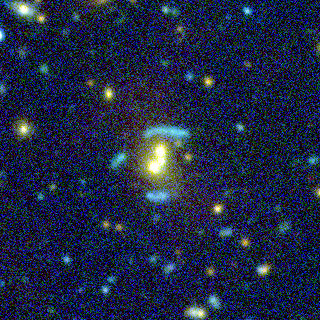I stole the above image from an article in the Arts section of today’s New York Times. The print version included a spread of even more magnetic resonance imaging (MRI) pictures arranged in a grid. The article profiles the work of Daniel Levitin, former punk musician and producer, who has gone on to get a Ph.D. and do research in neuroscience—namely, on how our brains process music.
I find the work fascinating, but as usual, I’m here to talk about the image. How interesting that a grid of images says “neuroscience” clearly enough to be used on the front page of the Arts section! These abstract, cauliflower-looking photos have become a conceptual stand-in for brain studies. The Times captions make no attempt to explain or describe the pictures; instead, the reader is simply expected to make the connection (and my guess is that most Times readers will), but what’s happening here is that the images are beginning to act purely as icons. So, much in the same way that a Hubble image says “astronomy” or a bubble chamber image says “physics,” the MRIs simply communicate the idea “brain study.”
Levitin is also the author of the book This Is Your Brain on Music, which has an accompanying, entertaining website. Links to a few of his academic papers can be found on a page at the Stanford Cognitive and Systems Neuroscience Laboratory.
The image, BTW, is credited to Vinod Menon at Standford University’s Department of Psychiatry and Behavioral Sciences.










